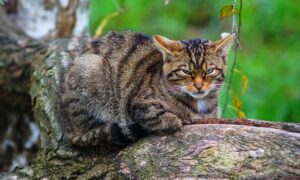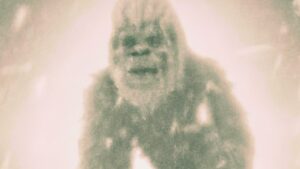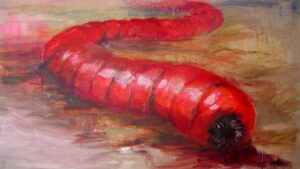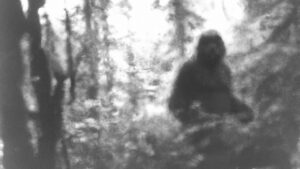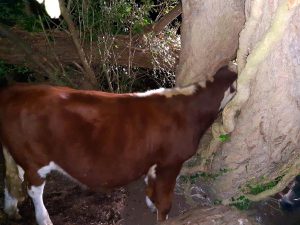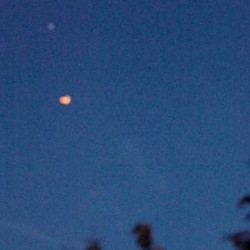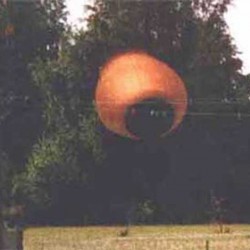What the hell, mother finds tongue-eating parasitic louse in tin of tuna.
Zoe Butler was amazed to find a pair of tiny beady eyes staring up at her when she opened a can of Princes Tuna Chunks!

Scientists believe the little creature is a parasitic crustacean know as a Tongue-eating Louse. The tiny monster (4-15 mm / 0.3-1 inches long) enters fish through their gills and then attaches itself to the front of the fishes tongue, in effect becoming the fishes new tongue and mini-mouth!
I guess the fish then looks something like the Aliens out of Ridley Scott’s films of the same name!?
Cymothoa exigua, or the tongue-eating louse, is a parasitic crustacean of the family Cymothoidae. This parasite enters fish through the gills, and then attaches itself to the fish’s tongue. The female attaches to the tongue and the male attaches on the gill arches beneath and behind the female. Females are 8–29 millimetres (0.3–1.1 in) long and 4–14 mm (0.16–0.55 in) in maximum width. Males are approximately 7.5–15 mm (0.3–0.6 in) long and 3–7 mm (0.12–0.28 in) wide. The parasite destroys the fish’s tongue, and then attaches itself to the stub of what was once its tongue and becomes the fish’s new tongue.
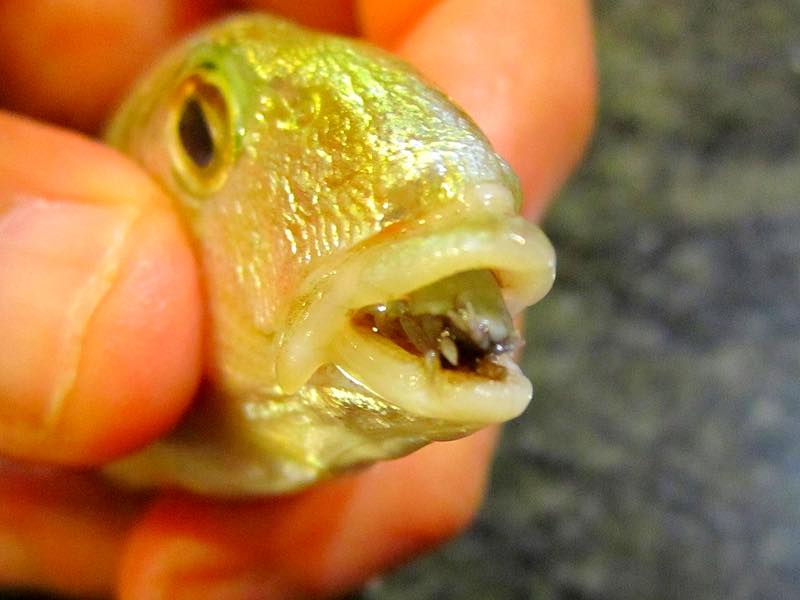

Using its front claws, C. exigua severs the blood vessels in the fish’s tongue, causing the tongue to necrose from lack of blood. The parasite then replaces the fish’s tongue by attaching its own body to the muscles of the tongue stub. The parasite apparently does not cause much other damage to the host fish, but Lanzing and O’Connor (1975) reported that infested fish with two or more of the parasites are usually underweight. Once C. exigua replaces the tongue, some feed on the host’s blood and many others feed on fish mucus.[clarification needed] This is the only known case of a parasite assumed to be functionally replacing a host organ. When a host fish dies, C. exigua, after some time, detaches itself from the tongue stub and leaves the fish’s oral cavity. It can then be seen clinging to its head or body externally. What then happens to the parasite in the wild is unknown.

